The Architecture Of Happiness
£10.95
In The Architecture of Happiness, bestselling author Alain de Botton explores one of our most intense but often hidden love affairs- with our houses and their furnishings. He asks- What makes a house truly beautiful? Why are many new houses so ugly? Why do we argue so bitterly about sofas and pictures – and can differences of taste ever be satisfactorily resolved? To answer these questions and many more, de Botton looks at buildings across the world, from medieval wooden huts to modern skyscrapers; he examines sofas and cathedrals, tea sets and office complexes, and teases out a host of often surprising philosophical insights. The Architecture of Happiness will take you on a beguiling tour through the history and psychology of architecture and interior design, and will change the way you look at your home. ‘Entertaining, stimulating and witty. Clever, provocative and fresh as a daisy.’ Literary Review ‘De Botton’s writing is elegant but utterly accessible . . . beautifully written and thought provoking . . . will make you look at your surroundings in a whole new way.’ Image ‘De Botton is a brave and highly intelligent writer.’ Observer ‘De Botton makes even the most challenging of subjects invitingly simple.’ Eve ‘A powerful eye-opener.’ Mail on Sunday.
Read more
Additional information
| Publisher | Penguin, 1st edition (27 Mar. 2014) |
|---|---|
| Language | English |
| Paperback | 280 pages |
| ISBN-10 | 0241970059 |
| ISBN-13 | 978-0241970058 |
| Dimensions | 19.7 x 12.9 x 1.7 cm |

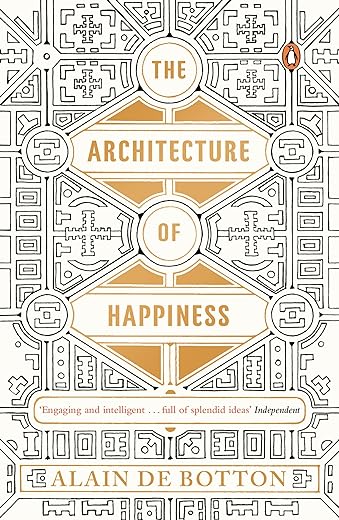
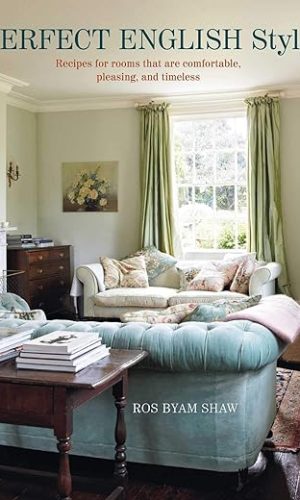
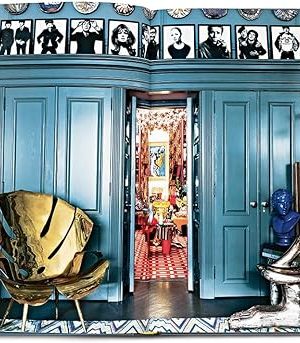
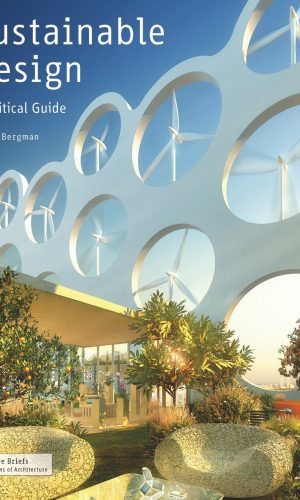
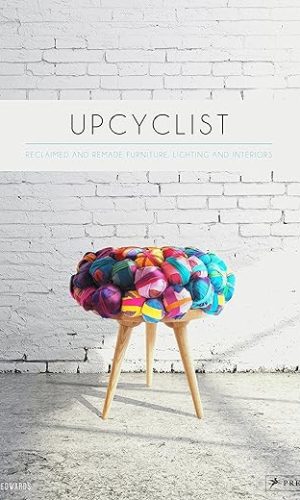
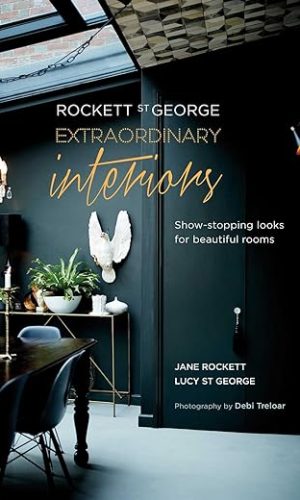
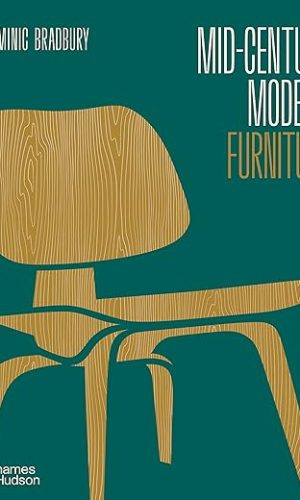
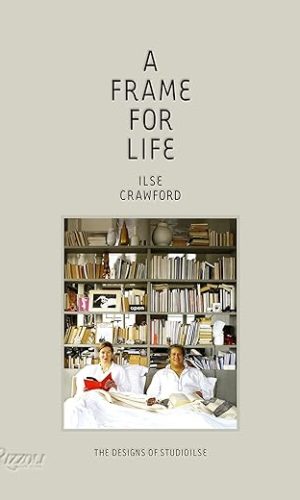
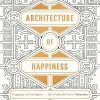
by Amazon Customer
I loved this book. I loved this book. I loved this book.
I don’t really know much about architecture, but Alain de Botton writes so cleanly and beautifully you just get sucked into the majesty of it. It provides a really fresh blueprint on appreciating beauty in general. I’ve found myself applying the concepts to everything from clothes to my choice of pen and preference of carpet. The abundant use of pictures really aids the digestion of the knowledge. I found myself seeing the pictures and then thinking exactly what de Botton would subsequently write. Def will keep revisiting and revisiting, a special book.
If you are fascinated by art and culture, and want to gain further insights, can’t go wrong.
by Simon Knows Nothing
De Botton is very clever. Or so he implies with all his books and his School of Life . But he clearly hasn’t been to a decent art school. He seems to be trying to write a history of architecture – Ernst Gombrich wrote several great history of art books. But architecture history is not in any way parallel to art history, at least not in the 20th century, which is where Bottom starts. Villa Savoye is indeed a crucial turning point in architecture. But it’s about the use of reinforced concrete in a residential building, and the new possibilities afforded by that medium. I think that Corbusier was a consultant for a concrete company at the time? And the Glass house by Johnson is about the use of……. Glass. This and the use of steel structures in skyscrapers allowed enormous new possibilities in domestic architecture. Culturally we were into efficiency and futurism and so the house as a machine was born. But Villa Savoye is about clean lines and sharp focus. Art at the time was about Expressionism and Dada. Almost the exact opposite. Through the ages architecture has been about the art of the possible, about technological limits and about capitalism and markets. Maybe there is a pretence at being about art, but even now Zaha Hadid, Foster etc are about making new wizzy shapes, more than about art. Maybe Tado Ando is about art. But he’s also about a lot of concrete!
by Serghiou Const
The title obviously alludes to a previous book by the charismatic author entitled ‘The Consolations of Philosophy’.
But I aspire that this review is a little more than word play, resonance and allusion.
One is impressed with the literacy, sophistication, refinement and discriminating taste of the author. He moves with ease in time, Geography and discipline to collate the arguments in support of his points and pronounces virtually in every paragraph profound truths and thoughts with disarming simplicity.
The book is lavishly graced with elegant black and white photographs exquisitely illustrating the points made by the author in the text; in fact these photographs along with their accompanying footnotes comprise an excellent summary of the book.
But the book itself is difficult to summarize because there are simply so many original, beautiful, elegant, subtle and refined thoughts and ideas about buildings and Architecture. One can only aspire to give a flavour of the content of the book by providing fragments of information.
The author introduces the book in a philosophical mood.
In a walk on a brilliant summer day in a pastoral landscape the psychoanalyst Sigmund Freud and the poet Rainer Maria Rilke reflect on the trancience of beauty. In another point the author suggests that we are more appreciative of beauty when in sad mood while he reminds us of the cruel truth of the powerless of beautiful buildings to change the evil side of human nature.
The author discusses the evolution of the concept of beauty in Architecture. There was certainty in what comprises beauty in Architecture which with intermission lasted for a thousand years. It developed in classical Greece exemplified by the columnated temples with their friezes and pediments and harmonic proportions, evolved in Rome and revived in Rainessance.
Then tastes changed and the gothic and mixtures of styles were introduced in houses.
In the modern era beauty was ostensibly abandoned altogether and the new credo was function. Buildings and constructions should be functional not beautiful. But this was more of an illusion rather than fact. Modern Architecture was beautiful and gave a promise for the future.
We often describe a building as beautiful when it evokes aspects of happiness. As Stendahl aptly wrote ‘Beauty is the promise of happiness’. But he wisely refrained from specifying any particular type of beauty but instead commented that there are as many styles of beauty as there are visions of happiness.
Buildings we call beautiful often contain in a concentrated form those qualities in which we are deficient. In this regard we feel sacred architecture exemplified in Gothic cathedrals is beautiful because it is uplifting our souls.
We like order in buildings but only when it is combined with complexity.
We like an adequately contextual building which we might define as one which embodies some of the most desirable values and the highest ambitions of its era and place-a building which serves as a repository for a workable ideal.
Finally our views on beauty and aesthetics are often moulded by culture. An extreme example is exemplified by the perceptions of beauty respectively in Western Europe and Japan in Architecture, artefacts and man made landscape.
by WeAreWhatWeRead
For fans of Alain de Botton’s, this book will be just the kind of delightful stuff we’ve come to expect from him – intelligent, well written stuff and ideas with which one cannot help but agree… extremely useful book even if all you’d want is to understand what beauty is, not only in houses or architecture but also in seemingly non-related areas like art, fashion, or everyday life.
However, it’s a great shame that all the pictures are black & white (I have the hardcover edition and I assume the paperback is the same). I don’t believe the reasons for this could have been aesthetic, ie how could a painting benefit from being reproduced in black & white? so it must have been done to keep the cost down, and it shows… be prepared for serious and frustrated disappointment because the book is a lot about those particular paintings and works of art. Otherwise it would have gotten 5 stars from me, great content.
by FlimFlam
Am 7/8th’s of the way through this but can’t wait to write the review!
Loving it to bits. In particular the ease with which he conveys ideas, how he simplifies and illuminates so many interesting facets and paradoxes about the buildings we choose to live in and around.
Particular joy to found in reading a really fascinating description of a particular building and then to turn the page and sure enough to find it photographed next to something contrasting.
Order, balance, coherence … will be watching out for all these elements wherever I go from now on!